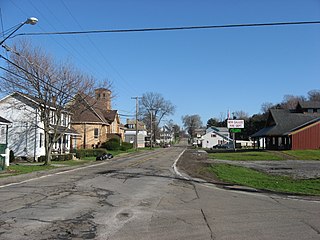
New Galilee is a borough in northern Beaver County, Pennsylvania, United States. The population was 331 at the 2020 census. It is a part of the Pittsburgh metropolitan area.

Mack Trucks, Inc., is an American truck manufacturing company and a former manufacturer of buses and trolley buses. Founded in 1900 as the Mack Brothers Company, it manufactured its first truck in 1905 and adopted its present name in 1922. Mack Trucks is a subsidiary of AB Volvo, which purchased Mack along with its then parent company Renault Véhicules Industriels in 2000.
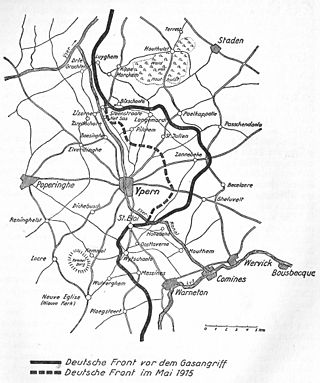
During the First World War, the Second Battle of Ypres was fought from 22 April – 25 May 1915 for control of the tactically important high ground to the east and south of the Flemish town of Ypres in western Belgium. The First Battle of Ypres had been fought the previous autumn. The Second Battle of Ypres was the first mass use by Germany of poison gas on the Western Front.

Fairbanks, Morse and Company was an American manufacturing company in the late 19th and early 20th century. Originally a weighing scale manufacturer, it later diversified into pumps, engines, windmills, coffee grinders, radios, farm tractors, feed mills, locomotives, and industrial supplies until it was purchased by Penn Texas in 1958.

Lafleche is a small town in southwest Saskatchewan, Canada in the Rural Municipality of Wood River No. 74. The community is located at the intersection of Highway 13 and Highway 58. It is 20 km south of Gravelbourg and 45 km west of Assiniboia. It is situated on the south bank of Lafleche Creek, which is a tributary of Wood River. Thomson Lake Regional Park is located 10 minutes north of town.

Streetsville is a neighbourhood located in the northwestern corner of the city of Mississauga, Ontario, Canada, on the Credit River. Although Streetsville occupies the west and east banks of the river, the majority is located on the west bank of the river.

BP Canada was a Canadian petroleum company and subsidiary of British Petroleum that existed between 1955 and 1992. The name refers to a group of companies that engaged in various segments of the petroleum industry lifecycle. BP entered the Canadian market in October 1953 when it purchased a 23 percent stake in the Triad Oil Company. In 1955, BP formed a Canadian subsidiary, based in Montreal, called BP Canada Limited. The company began acquiring retail stations in Ontario and Quebec and in 1957 started construction on a refinery in Montreal. By the end of the 1950s BP Canada was a fully-integrated operation. In 1964 it acquired from Cities Service the Oakville Refinery, and then expanded its operations significantly in 1971 when it acquired Supertest Petroleum.
Cambridge Glass was a manufacturer of glassware formed in 1873 in Cambridge, Ohio. The company produced a range of coloured glassware in the 1920s, initially with opaque shades, but moving on to transparent shades by the end of the decade. Unable to compete with mass-produced glassware, the company closed briefly in 1954, but was reopened in 1955. However, financial difficulties persisted, and, after several ownership changes, the factory closed for good in 1958. Imperial Glass Company purchased the Cambridge Glass molds two years later, and would use them for another three decades until that company went bankrupt in 1984.
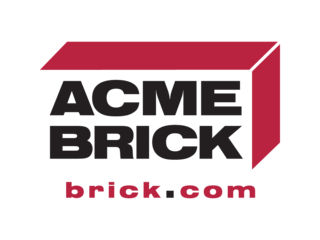
Acme Brick Company is an American manufacturer and distributor of brick and masonry-related construction products and materials. Founder George E. Bennett, chartered the company as the Acme Pressed Brick Company on April 17, 1891, in Alton, Illinois, although the company's physical location has always been in Texas. The company grew to become the largest American-owned brick manufacturer by the mid-20th century and was the first of its type to offer a 100-year limited guarantee to its customers. Acme Brick Company was acquired by Berkshire Hathaway on August 1, 2000.

Canada's oil sands and heavy oil resources are among the world's great petroleum deposits. They include the vast oil sands of northern Alberta, and the heavy oil reservoirs that surround the small city of Lloydminster, which sits on the border between Alberta and Saskatchewan. The extent of these resources is well known, but better technologies to produce oil from them are still being developed.

Canada's natural gas liquids industry dates back to the discovery of wet natural gas at Turner Valley, Alberta in 1914. The gas was less important than the natural gasoline - "skunk gas" it was called, because of its distinctive odour - that early producers extracted from it. That natural gas liquid (NGL) could be poured directly into an automobile's fuel tank.

The Canadian petroleum industry arose in parallel with that of the United States. Because of Canada's unique geography, geology, resources and patterns of settlement, however, it developed in different ways. The evolution of the petroleum sector has been a key factor in the history of Canada, and helps illustrate how the country became quite distinct from her neighbour to the south.

The Claybank Brick Plant National Historic Site, located near Claybank, Saskatchewan at the foot of the Dirt Hills in the RM of Elmsthorpe No. 100, was an operational brick manufacturing plant from 1914 to 1989. Bricks manufactured at the site have been used to construct prominent Canadian buildings such as the Bessborough Hotel in Saskatoon and the Chateau Frontenac in Quebec City. The site was designated as a National Historic Site in 1996 and remains one of Canada's greatest examples of early twentieth century industrialism.

Silverwood Heights is a mostly residential neighbourhood located in north-central Saskatoon, Saskatchewan, Canada. It is a suburban subdivision, composed mostly of single detached dwellings and some multiple-unit apartment and semi-detached dwellings. As of 2009, the area is home to 10,786 residents. The neighbourhood is considered a middle to high-income area, with an average family income of $93,772, an average dwelling value of $324,547 and a home ownership rate of 78.8%. By land area and population, Silverwood Heights is the largest subdivision in Saskatoon.
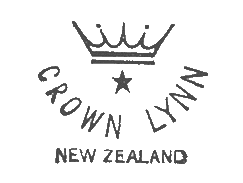
Crown Lynn was a New Zealand ceramics manufacturer that operated under various names between 1854 and 1989.
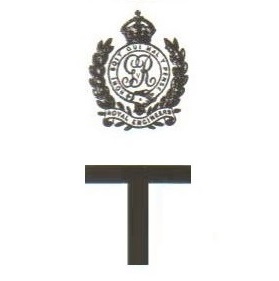
Royal Engineer tunnelling companies were specialist units of the Corps of Royal Engineers within the British Army, formed to dig attacking tunnels under enemy lines during the First World War.
The technological and industrial history of Canada encompasses the country's development in the areas of transportation, communication, energy, materials, public works, public services, domestic/consumer and defence technologies.

Gladding, McBean is a ceramics company located in Lincoln, California. It is one of the oldest companies in California, a pioneer in ceramics technology, and a company which has "contributed immeasurably" to the state's industrialization. During the heyday of architectural terra cotta, the company "dominated the industry in California and the Far West."

Gulf Canada was a Canadian integrated petroleum company that existed between 1944 and 2001. Gulf Oil Corporation began operating in Canada in 1942, and two years later formed a Canadian subsidiary called the Canadian Gulf Oil Company. In 1956 Canadian Gulf Oil merged with the British American Oil Company and until 1969 operated under the British American name. In 1969 British American amalgamated with its subsidiaries into a new company called Gulf Oil Canada Limited.
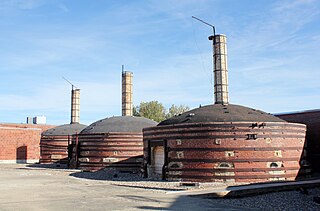
The Medalta Potteries was a Canadian ceramics manufacturing company in Medicine Hat, Alberta, that operated from 1916 to 1954. It was the first manufacturer in Western Canada to ship its products east of Ontario.














